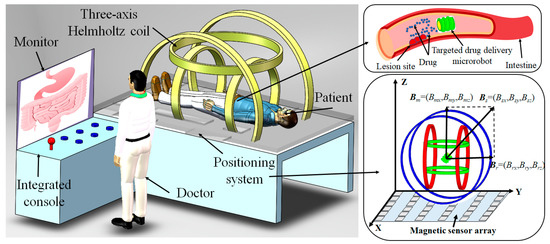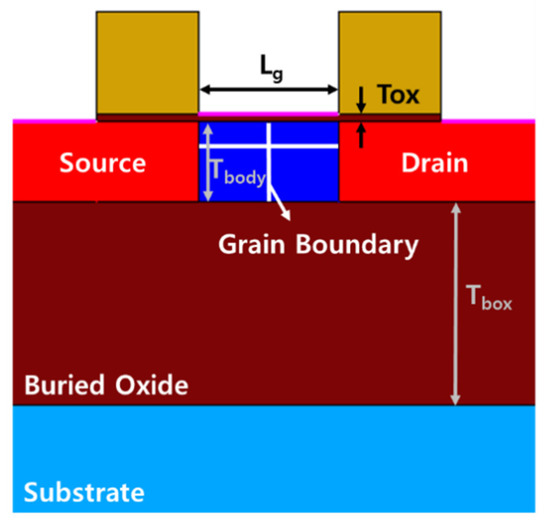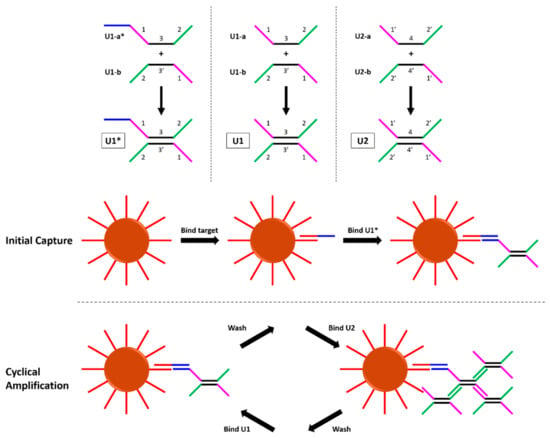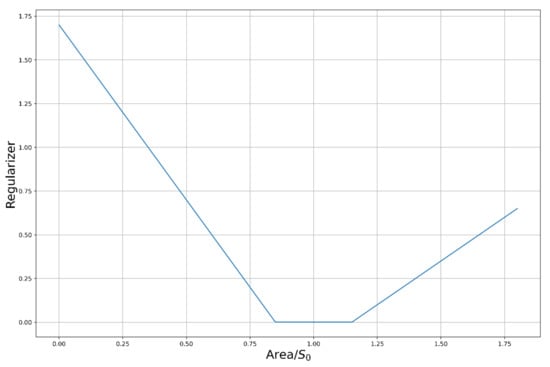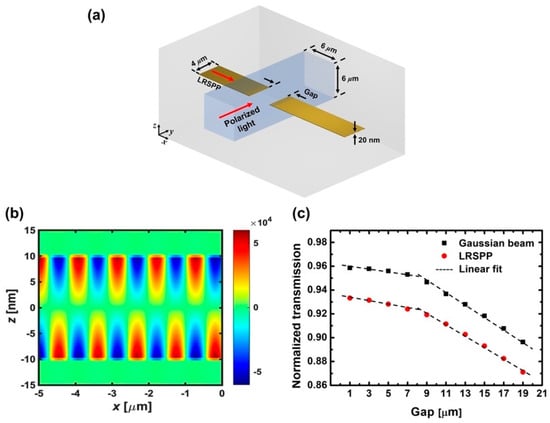Micromachines 2021, 12(10), 1212; https://doi.org/10.3390/mi12101212 - 4 Oct 2021
Cited by 4 | Viewed by 2319
Abstract
We demonstrate how to fully ascribe Raman peaks simulated using ab initio molecular dynamics to specific vibrations in the structure at finite temperatures by means of Wannier functions. Here, we adopt our newly introduced method for the simulation of the Raman spectra in
[...] Read more.
We demonstrate how to fully ascribe Raman peaks simulated using ab initio molecular dynamics to specific vibrations in the structure at finite temperatures by means of Wannier functions. Here, we adopt our newly introduced method for the simulation of the Raman spectra in which the total polarizability of the system is expressed as a sum over Wannier polarizabilities. The assignment is then based on the calculation of partial Raman activities arising from self- and/or cross-correlations between different types of Wannier functions in the system. Different types of Wannier functions can be distinguished based on their spatial spread. To demonstrate the predictive power of this approach, we applied it to the case of a cyclohexane molecule in the gas phase and were able to fully assign the simulated Raman peaks.
Full article
(This article belongs to the Special Issue Nanostructures in Energy and Sensing Applications)
►
Show Figures


